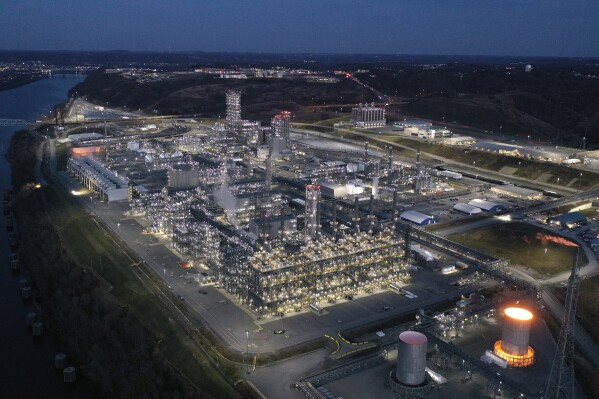Federal Reserve minutes: Officials worried that progress on inflation could stall in coming months
WASHINGTON (AP) — Federal Reserve officials acknowledged at their most recent meeting in January that there had been “significant progress” in reducing U.S. inflation. But some of the policymakers expressed concern that strong growth in spending and hiring could disrupt that progress.
In minutes from the January 30-31 meeting released Wednesday, most Fed officials also said they were worried about moving too fast to cut their benchmark interest rate before it was clear that inflation was sustainably returning to their 2% target. Only “a couple” were worried about the opposite risk — that the Fed might keep rates too high for too long and cause the economy to significantly weaken or even slip into a recession.
Some officials “noted the risk that progress toward price stability could stall, particularly if aggregate demand strengthened” or the progress in improving supply chains faltered.
Officials also cited the disruptions in Red Sea shipping, stemming from the conflict in the Middle East, as a trend that could accelerate prices.



The sentiments expressed in Wednesday’s minutes help explain the Fed’s decision last month to signal that its policymakers would need more confidence that inflation was in check before cutting their key rate. At the January meeting, the Fed decided to keep its key rate unchanged at about 5.4%, the highest level in 22 years, after 11 rate hikes beginning in March 2022.
At a news conference after the meeting, Chair Jerome Powell disappointed Wall Street by indicating that the Fed was not inclined to cut rates at its next meeting in March, as some investors and economists had hoped. Rate cuts by the Fed typically lower a wide range of borrowing costs, including for homes, cars, and credit card purchases, as well as for business loans.
The Fed’s aggressive streak of rate hikes was intended to defeat spiking inflation. Consumer prices jumped 9.1% in June 2022 from a year earlier — a four-decade high — before falling to 3.1% in January.
Still, several Fed officials have said in recent speeches that they were optimistic that inflation would continue to slow. In December, the officials projected that they would cut their rate three times this year, though they have said little about when such cuts could begin. Most economists expect the first reduction in May or June.
Disclaimer: The copyright of this article belongs to the original author. Reposting this article is solely for the purpose of information dissemination and does not constitute any investment advice. If there is any infringement, please contact us immediately. We will make corrections or deletions as necessary. Thank you.





